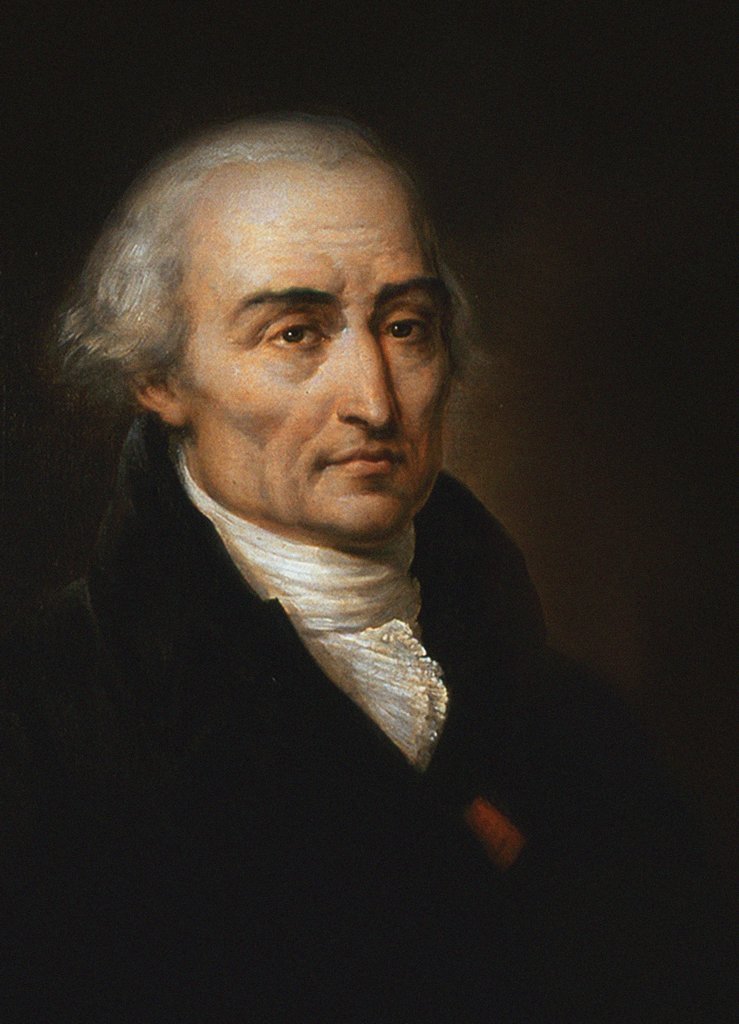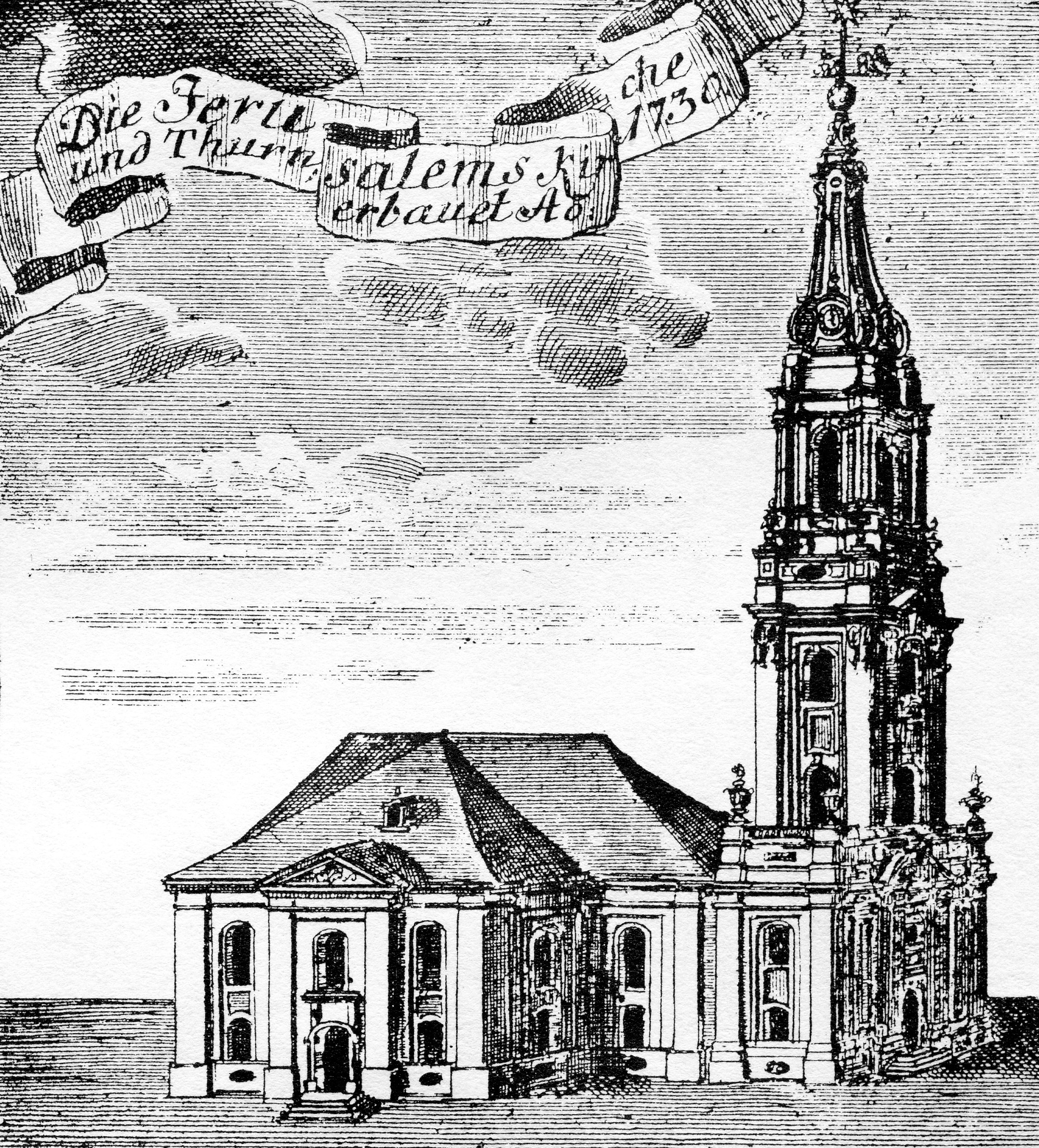|
Carl Wilhelm Borchardt
Carl Wilhelm Borchardt (22 February 1817 – 27 June 1880) was a German mathematician. Borchardt was born to a Jewish family in Berlin. His father, Moritz, was a respected merchant, and his mother was Emma Heilborn. Borchardt studied under a number of tutors, including Julius Plücker and Jakob Steiner. He studied at the University of Berlin under Lejeune Dirichlet in 1836 and at the University of Königsberg in 1839. In 1848 he began teaching at the University of Berlin. He did research in the area of the arithmetic-geometric mean, continuing work by Gauss and Lagrange. He generalised the results of Kummer on diagonalising symmetric matrices, using determinants and Sturm functions. He was also an editor of ''Crelle's Journal'' from 1856 to 1880, during which time it was known as ''Borchardt's Journal''. He died in Rüdersdorf, Germany. His grave is preserved in the Protestant ''Friedhof III der Jerusalems- und Neuen Kirchengemeinde'' (Cemetery No. III of the congregatio ... [...More Info...] [...Related Items...] OR: [Wikipedia] [Google] [Baidu] |
Berlin
Berlin ( ; ) is the Capital of Germany, capital and largest city of Germany, by both area and List of cities in Germany by population, population. With 3.7 million inhabitants, it has the List of cities in the European Union by population within city limits, highest population within its city limits of any city in the European Union. The city is also one of the states of Germany, being the List of German states by area, third smallest state in the country by area. Berlin is surrounded by the state of Brandenburg, and Brandenburg's capital Potsdam is nearby. The urban area of Berlin has a population of over 4.6 million and is therefore the most populous urban area in Germany. The Berlin/Brandenburg Metropolitan Region, Berlin-Brandenburg capital region has around 6.2 million inhabitants and is Germany's second-largest metropolitan region after the Rhine-Ruhr region, as well as the List of EU metropolitan areas by GDP, fifth-biggest metropolitan region by GDP in the European Union. ... [...More Info...] [...Related Items...] OR: [Wikipedia] [Google] [Baidu] |
Joseph-Louis Lagrange
Joseph-Louis Lagrange (born Giuseppe Luigi LagrangiaJoseph-Louis Lagrange, comte de l’Empire ''Encyclopædia Britannica'' or Giuseppe Ludovico De la Grange Tournier; 25 January 1736 – 10 April 1813), also reported as Giuseppe Luigi Lagrange or Lagrangia, was an Italian and naturalized French mathematician, physicist and astronomer. He made significant contributions to the fields of mathematical analysis, analysis, number theory, and both classical mechanics, classical and celestial mechanics. In 1766, on the recommendation of Leonhard Euler and Jean le Rond d'Alembert, d'Alembert, Lagrange succeeded Euler as the director of mathematics at the Prussian Academy of Sciences in Berlin, Prussia, where he stayed for over twenty y ... [...More Info...] [...Related Items...] OR: [Wikipedia] [Google] [Baidu] |
1880 Deaths
Events January *January 27 – Thomas Edison is granted a patent for the incandescent light bulb. Edison filed for a US patent for an electric lamp using "a carbon filament or strip coiled and connected ... to platina contact wires." granted 27 January 1880 Although the patent described several ways of creating the carbon filament ,including using "cotton and linen thread, wood splints, papers coiled in various ways," Edison and his team later discovered that a carbonized bamboo filament could last more than 1200 hours. * January **The international White slave trade affair scandal in Brussels is exposed and attracts international infamy. **The Gokstad ship is found in Norway, the first Viking ship burial to be excavated. February * February 2 ** The first electric streetlight is installed in Wabash, Indiana. ** The first successful shipment of frozen mutton from Australia arrives in London, aboard the SS ''Strathleven''. * February 4 – The Black Donnelly Massacre ... [...More Info...] [...Related Items...] OR: [Wikipedia] [Google] [Baidu] |
1817 Births
Events January–March * January 1 – Sailing through the Sandwich Islands, Otto von Kotzebue discovers New Year Island. * January 19 – An army of 5,423 soldiers, led by General José de San Martín, starts crossing the Andes from Argentina, to liberate Chile and then Peru. * January 20 – Ram Mohan Roy and David Hare found Hindu College, Calcutta, offering instructions in English on Western subjects, including other European languages. * February 12 – Battle of Chacabuco: Argentine and Chilean soldiers of the United Provinces of the Río de la Plata defeat the Spanish royalist troops in what is now Chile, marking the turning point in the war against European rule of South America. * March 3 ** On his last day in office, U.S. President James Madison vetoes John C. Calhoun's Bonus Bill as unconstitutional after it has passed both houses of the U.S. Congress. ** The U.S. Congress passes a law to split the Mississippi Territory, after Mis ... [...More Info...] [...Related Items...] OR: [Wikipedia] [Google] [Baidu] |
Cayley's Formula
In mathematics, Cayley's formula is a result in graph theory named after Arthur Cayley. It states that for every positive integer n, the number of trees on n labeled vertices is n^. The formula equivalently counts the spanning trees of a complete graph with labeled vertices . Proof Many proofs of Cayley's tree formula are known. One classical proof of the formula uses Kirchhoff's matrix tree theorem, a formula for the number of spanning trees in an arbitrary graph involving the determinant of a matrix. Prüfer sequences yield a bijective proof of Cayley's formula. Another bijective proof, by André Joyal, finds a one-to-one transformation between ''n''-node trees with two distinguished nodes and maximal directed pseudoforests. A proof by double counting due to Jim Pitman counts in two different ways the number of different sequences of directed edges that can be added to an empty graph on n vertices to form from it a rooted tree; see . History The formula was fi ... [...More Info...] [...Related Items...] OR: [Wikipedia] [Google] [Baidu] |
Hallesches Tor (Berlin U-Bahn)
Hallesches Tor is a Berlin U-Bahn station in the central Kreuzberg quarter, served by lines U1 (Berlin), U1, U3 (Berlin), U3, and U6 (Berlin), U6. It is named after the historic ''Hallsches Tor'' (Halle (Saale), Halle Gate) of the Berlin Customs Wall, erected in the 18th century. Overview The historic gate of the Customs Wall, laid out from 1737 onwards to replace the medieval city fortifications, marked the southern tip of the Friedrichstadt (Berlin), Friedrichstadt neighbourhood. It was located at the southern end of Friedrichstraße and the ''Rondell'' (renamed ''La Belle Alliance, Belle-Alliance-Platz'' in 1815 and Mehringplatz in 1946). Neighbouring gates were on Potsdamer Platz in the west and on Wassertorplatz (Water Gate) in the east, where the present course of the U1 viaduct roughly corresponds to the former city wall. South of the gate, a wooden bridge led across the Landwehr Canal; from here the road ran via Tempelhof to the city of Halle, part of Brandenburg-Prussi ... [...More Info...] [...Related Items...] OR: [Wikipedia] [Google] [Baidu] |
Kreuzberg
Kreuzberg () is a district of Berlin, Germany. It is part of the Friedrichshain-Kreuzberg borough located south of Berlin-Mitte, Mitte. During the Cold War era, it was one of the poorest areas of West Berlin, but since German reunification in 1990, it has undergone significant gentrification and is now known for its vibrant arts scene. The borough is known for its large percentage of immigrants and descendants of immigrants, many of whom are of Turks in Germany, Turkish ancestry. This influx began in the 1960s and 1970s when West Germany invited 'Gastarbeiter' (guest workers) from various countries, including Turkey, Italy, Greece, and Yugoslavia, to address labour shortages and aid in Reconstruction of Germany, post-war reconstruction. As of 2006, 31.6% of Kreuzberg's inhabitants did not have German citizenship. Kreuzberg is known for its diverse cultural life and experimental alternative lifestyles, making it an attractive area for many. However, some parts of the district ar ... [...More Info...] [...Related Items...] OR: [Wikipedia] [Google] [Baidu] |
Deutscher Dom
The New Church (; colloquially , meaning "German Cathedral"), is located in Berlin on the Gendarmenmarkt across from French Church of Friedrichstadt (''French Cathedral''). Its parish comprised the northern part of the then new quarter of Friedrichstadt, which until then belonged to the parish of the congregations of Jerusalem's Church. The Lutheran and Calvinist (in German Reformed Church) congregants used German as their native language, as opposed to the French-speaking Calvinist congregation of the adjacent French Church of Friedrichstadt. The congregants' native language combined with the domed tower earned the church its colloquial name ''Deutscher Dom''. While the church physically resembles a cathedral, it is not a cathedral in the formal sense of the word, as it was never the seat of a bishop. After being heavily damaged during the bombing of Berlin in World War II, reconstruction was completed 1988; the church now serves as a museum. Church and congregations In 1701� ... [...More Info...] [...Related Items...] OR: [Wikipedia] [Google] [Baidu] |
Jerusalem's Church
Jerusalem Church () is one of the churches of the Prussian Union of Churches, Evangelical Congregation in the Friedrichstadt (under this name since 2001), a member of the Protestantism in Germany, Protestant umbrella organisation Evangelical Church of Berlin-Brandenburg-Silesian Upper Lusatia. The present church building is located in Berlin, borough Friedrichshain-Kreuzberg, in the quarter of Friedrichstadt (Berlin), Friedrichstadt. Jerusalem Church is fourth in rank of the oldest oratories in the town proper (except of suburbs incorporated in 1920, which are partly older). Early history of Roman Catholic Jerusalem Church A certain Müller, a bourgeoisie, burgher of Berlin, endowed a chapel in gratitude for his lucky rescue from a Saracen assault during his pilgrimage to Jerusalem. On 18 October 1484 Arnold von Burgsdorff, Bishop of Brandenburg, Prince-Bishop of Brandenburg, issued an indulgence, promising all those helping to restore the chapel 40 days less in the purgatory. Th ... [...More Info...] [...Related Items...] OR: [Wikipedia] [Google] [Baidu] |
Protestant
Protestantism is a branch of Christianity that emphasizes Justification (theology), justification of sinners Sola fide, through faith alone, the teaching that Salvation in Christianity, salvation comes by unmerited Grace in Christianity, divine grace, the priesthood of all believers, and the Bible as the sole infallible source of authority for Christian faith and practice. The five solae, five ''solae'' summarize the basic theological beliefs of mainstream Protestantism. Protestants follow the theological tenets of the Reformation, Protestant Reformation, a movement that began in the 16th century with the goal of reforming the Catholic Church from perceived Criticism of the Catholic Church, errors, abuses, and discrepancies. The Reformation began in the Holy Roman Empire in 1517, when Martin Luther published his ''Ninety-five Theses'' as a reaction against abuses in the sale of indulgences by the Catholic Church, which purported to offer the remission of the Purgatory, temporal ... [...More Info...] [...Related Items...] OR: [Wikipedia] [Google] [Baidu] |
Crelle's Journal
''Crelle's Journal'', or just ''Crelle'', is the common name for a mathematics journal, the ''Journal für die reine und angewandte Mathematik'' (in English: ''Journal for Pure and Applied Mathematics''). History The journal was founded by August Leopold Crelle (Berlin) in 1826 and edited by him until his death in 1855. It was one of the first major mathematical journals that was not a proceedings of an academy. It has published many notable papers, including works of Niels Henrik Abel, Georg Cantor, Gotthold Eisenstein, Carl Friedrich Gauss and Otto Hesse. It was edited by Carl Wilhelm Borchardt from 1856 to 1880, during which time it was known as ''Borchardt's Journal''. The current editor-in-chief is Daniel Huybrechts ( Rheinische Friedrich-Wilhelms-Universität Bonn). Past editors * 1826–1856: August Leopold Crelle * 1856–1880: Carl Wilhelm Borchardt * 1881–1888: Leopold Kronecker Leopold Kronecker (; 7 December 1823 – 29 December 1891) was a Germa ... [...More Info...] [...Related Items...] OR: [Wikipedia] [Google] [Baidu] |







